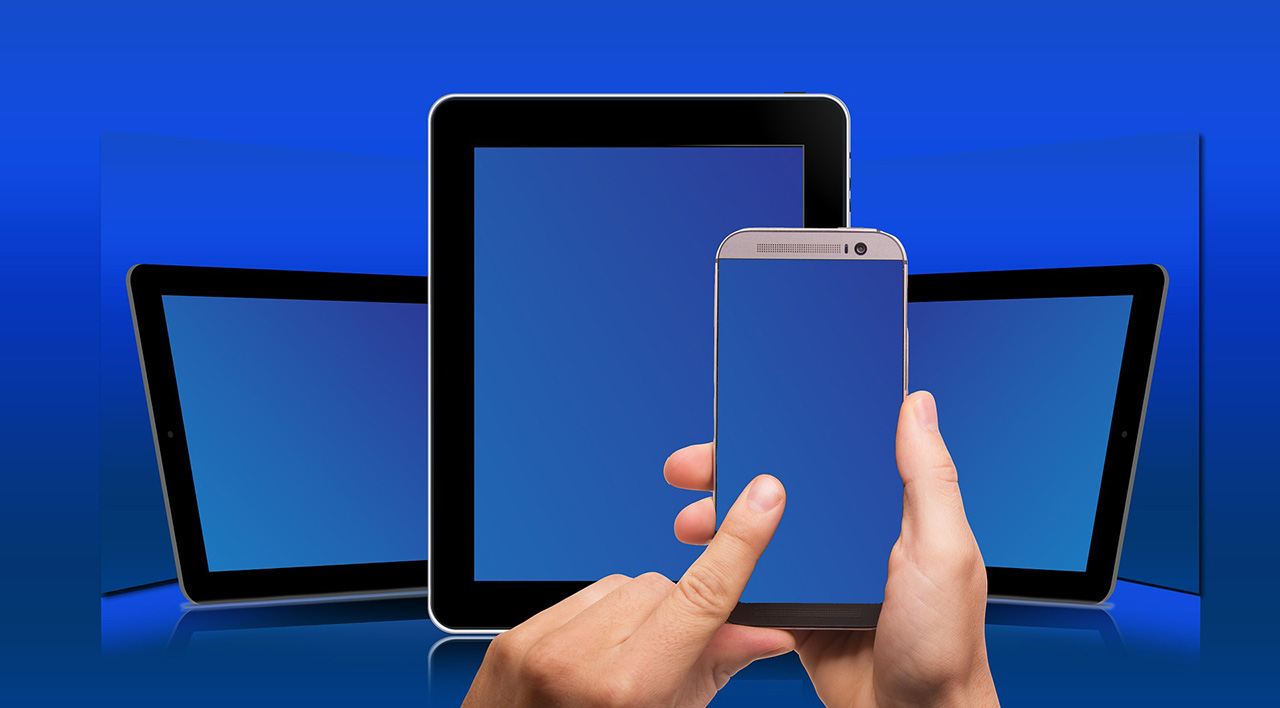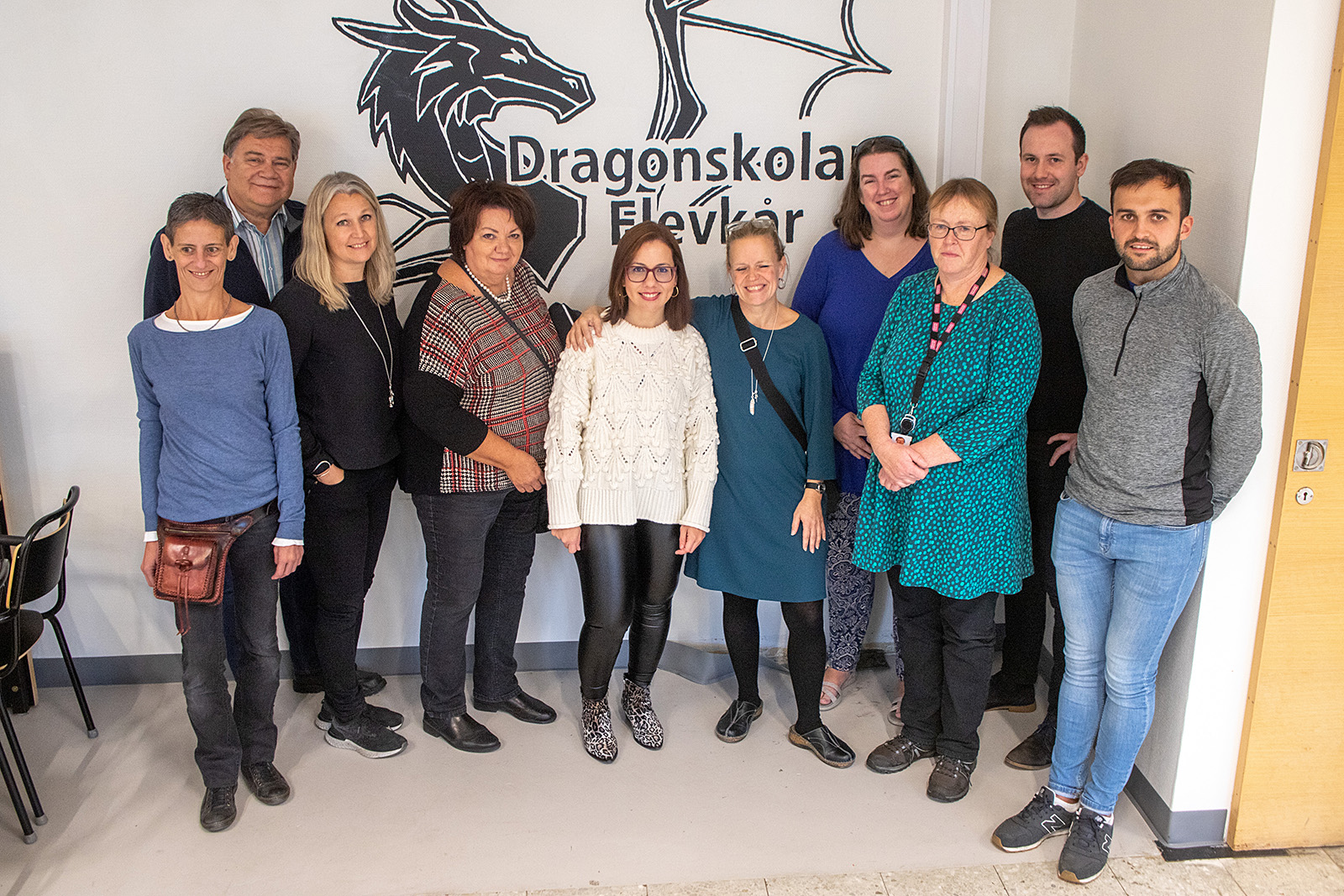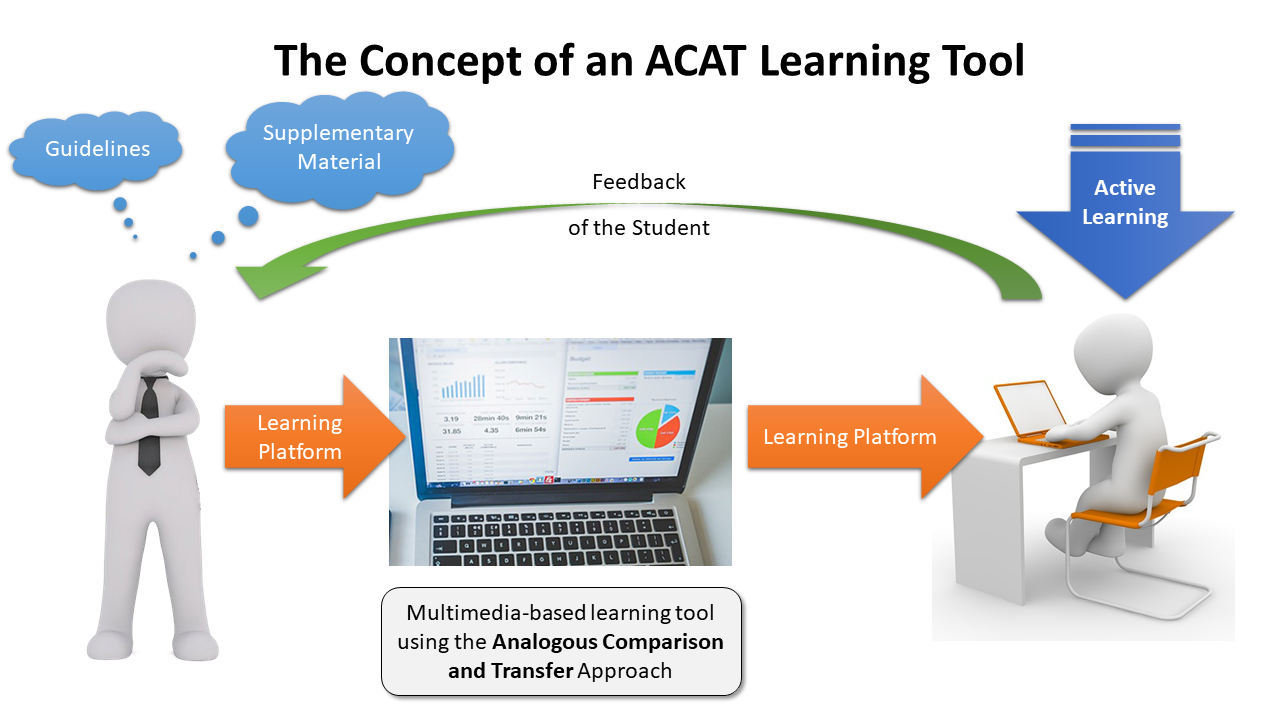In 2021, the number of smartphone users in the world today is 3.8 Billion, which translates to 48.41% of the world’s population owning a smartphone. In Europe almost all students own a smartphone1. Therefore, it seems reasonable to use these devices for learning as well. The open question is: Are smartphones suitable for learning?
This question cannot be answered easily. Smartphones are useful for a short information gathering or the identification of something specific you want to know during your learning. An interesting example for the quickly done identification of something unknown is the identification of plants. The smartphone offers you a specific app to do this. You take an image of the plant (either leaves or the blossom) and the app offers you several images of a blossom (or leaf) and you can decide which fits best – finally you get the name (and a short description of the plant).
What is described above is information procurement or assistance in some practical activities.
Sustained learning is a process that ensures long-term knowledge or skills. An interesting study shows that sustained learning is achieved through active learning.
Which devices do leaners use?2
Currently, learners are using a variety of different devices to study. The focus is on the indication of multimedia content and interactive work with learning material. These devices allow active learning because the learners have to deal (inter)actively with the learning materials.
The devices used are desktop PCs, laptops, notebooks, Chromebooks, convertibles, tablets and also smartphones.
The survey addressed experienced learners and used three different demo-applications. Learners were asked to evaluate their experience. Criteria were the screen size of the device in context with the usability, the entering of text, the speed and other related issues.
The study showed some dissatisfaction among smartphone users (followed by learners with tablets). The three main points were the poor display on the screen, the inaccurate positioning due to the use of the finger as a pointing tool on the touchscreen and the laborious input of text.
The complete study (as a printable PDF) is available from the website of the InterMedia Erasmus+ Project 2020-1-AT01-KA204-078005 ⇒ DOWNLOAD
____________________________________
1 Source: https://www.bankmycell.com/blog/how-many-phones-are-in-the-world#:~:text=In%202021%2C%20the%20number%20of,62.17%25%20of%20the%20world’s%20population.
2 Multiple devices in Learning: See ⇒ InterMedia Project




